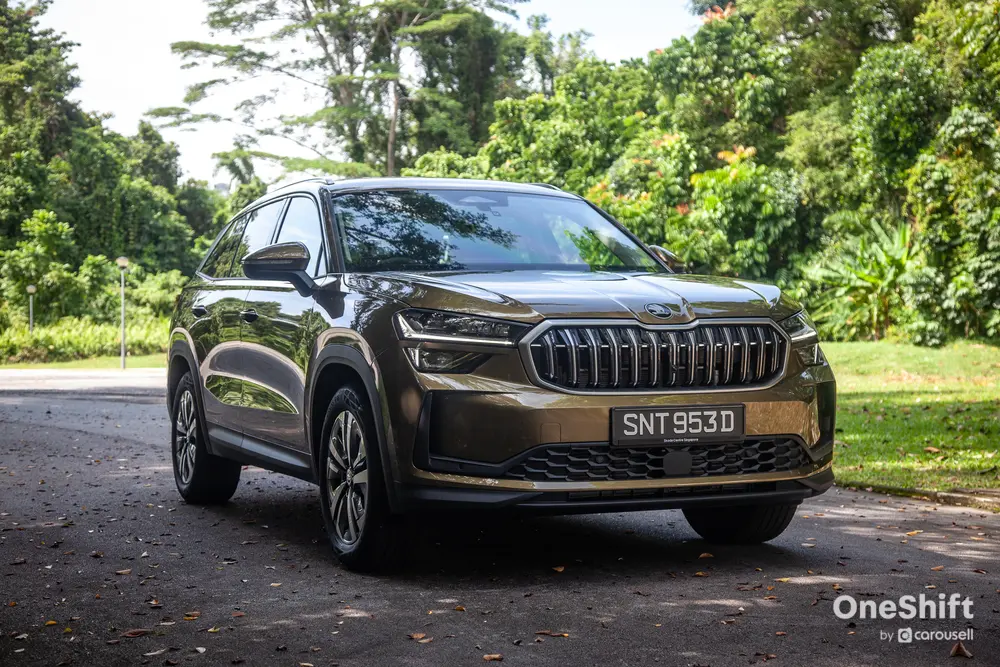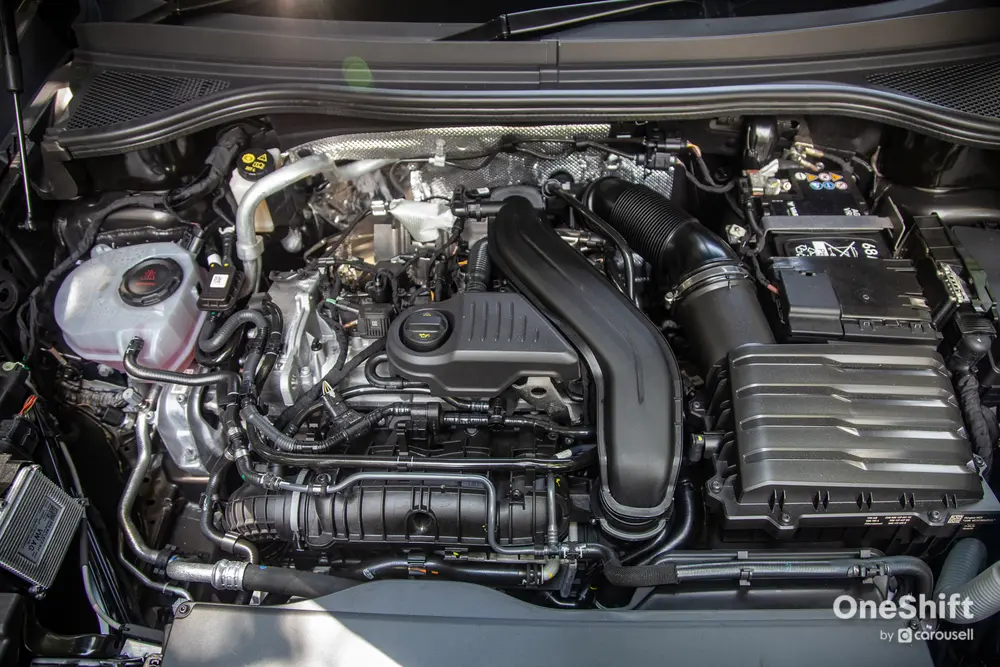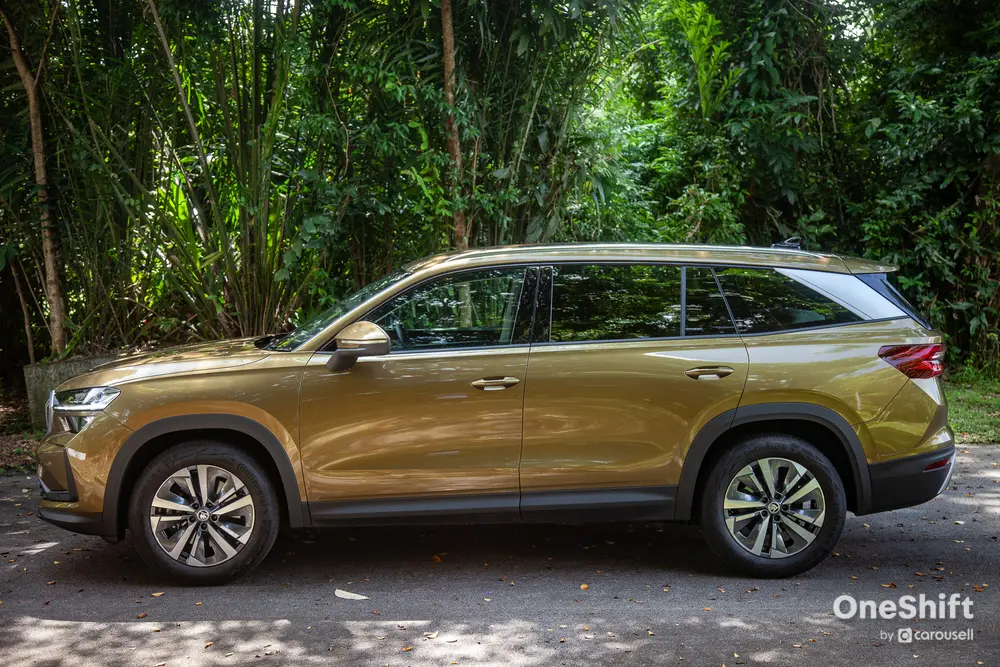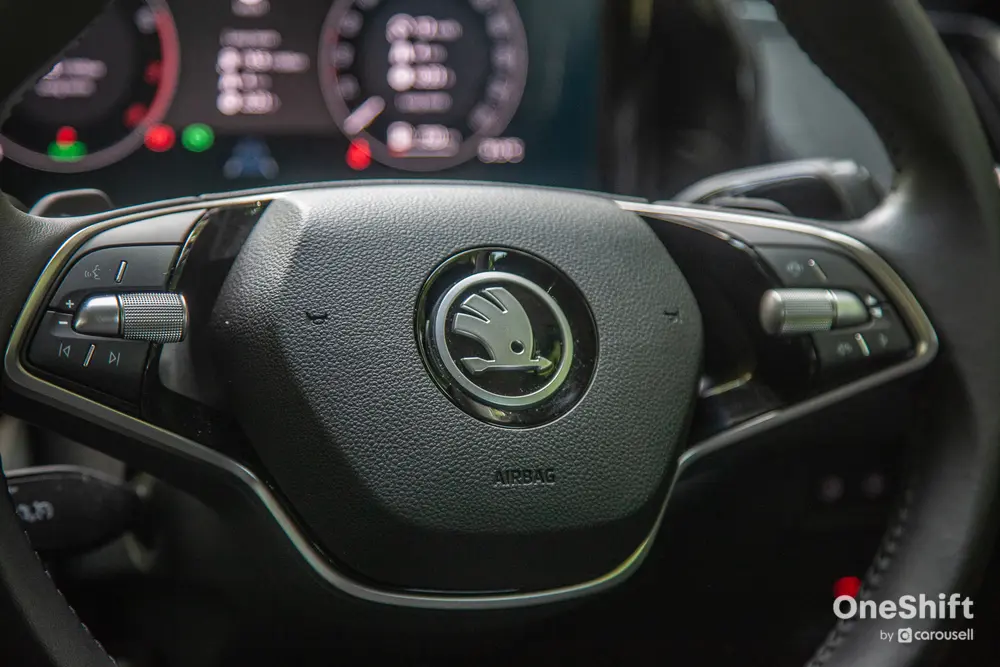Skoda Kodiaq 1.5 TSI Selection Review: Simply Terrific
Skoda’s 2nd generation Kodiaq has grown larger and even more desirable.







The Kodiaq has been a runaway success from the get-go. Launched as a first generation model in 2017, the car offers SUV ruggedness and 7 seats, a unique combination from the Volkswagen Group offering in Singapore (if you discount the short-lived SEAT Tarraco).

What’s new with the 2nd generation Skoda Kodiaq?
The new Kodiaq looks set to continue this successful run. First up, there is a larger interior that has given more space for passengers in the third row as well as better luggage space. The car’s length has increased by more than 6 cm, giving proper luggage space even with the third row seats deployed. The second row seats remain as adjustable as before, being able to be reclined as well as move forwards and backwards. Now the Kodiaq really feels like a full-sized 7 seater SUV, rather than one that offers only occasional seating on the third row.
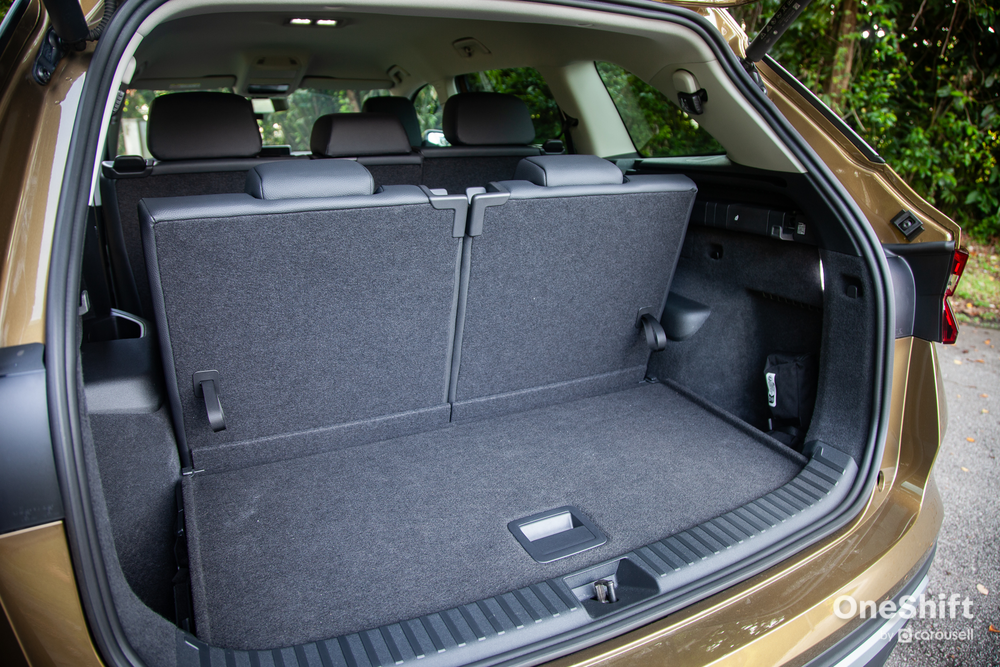
Does the 2nd generation Skoda Kodiaq look too big?
All this enlargement comes at the risk of bulkiness, but the Kodiaq manages to hide its heft incredibly well. Its full LED Matrix headlights with 50% more light segments than previously, as well as an LED strip that runs through the front grille, creates a signature night identity that’s hard to ignore. Skoda has also worked hard to keep the Kodiaq as aerodynamic as possible, designing its elongated roof line to slope gently towards the rear which contributes to an elegant design overall. The Kodiaq achieves a Cd figure of 0.282 which is very respectable for a hulking SUV.
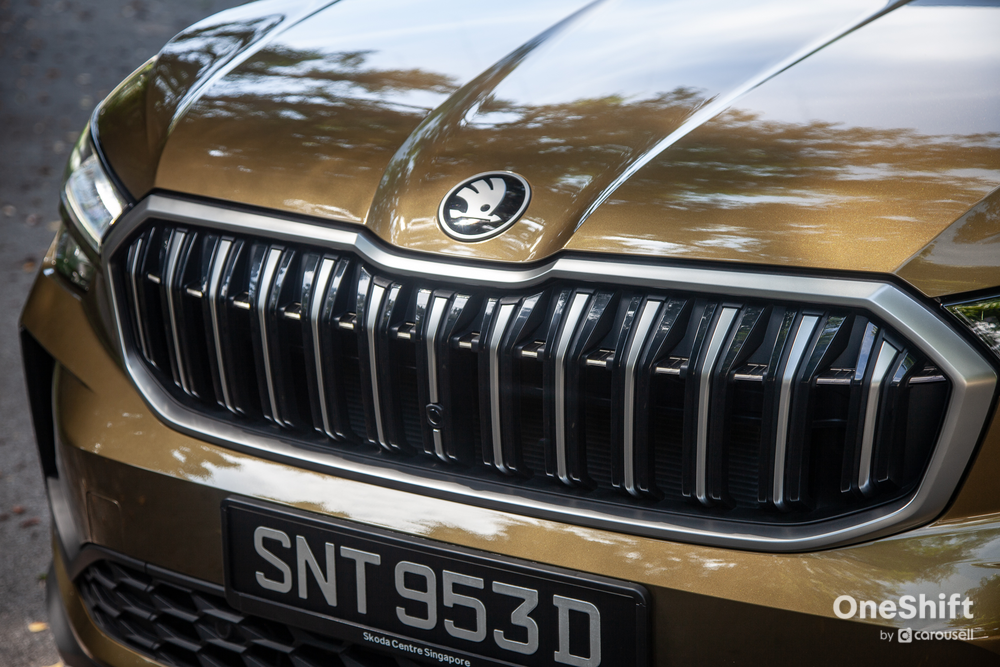
How’s the interior of the 2nd generation Skoda Kodiaq?
The interior takes things up a notch with interesting materials that are tempered with sensible design. All textiles in the seat upholstery, carpets, headliner and luggage compartment contain recycled polyester. The seat leather has also been tanned with residues from coffee bean production, not that I could tell from the smell. There’s no odour, thankfully.
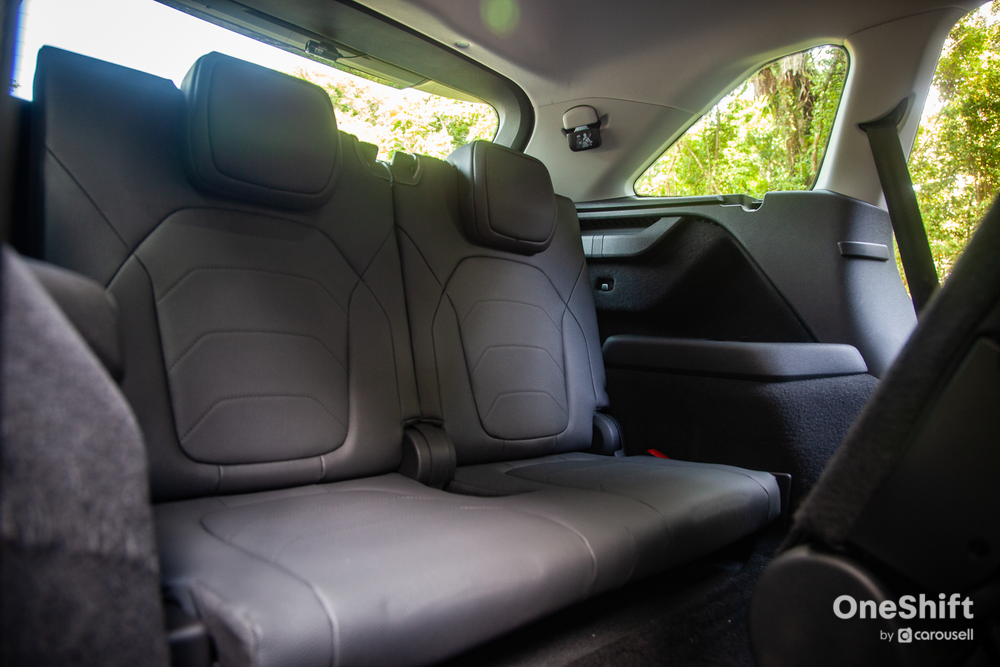
The centre console is dominated by a 12.9-inch touchscreen, which is fairly intuitive to use, although I personally prefer the user interface on the Tiguan. Like its Volkswagen stablemate, the gearshift lever has been moved to the steering column.
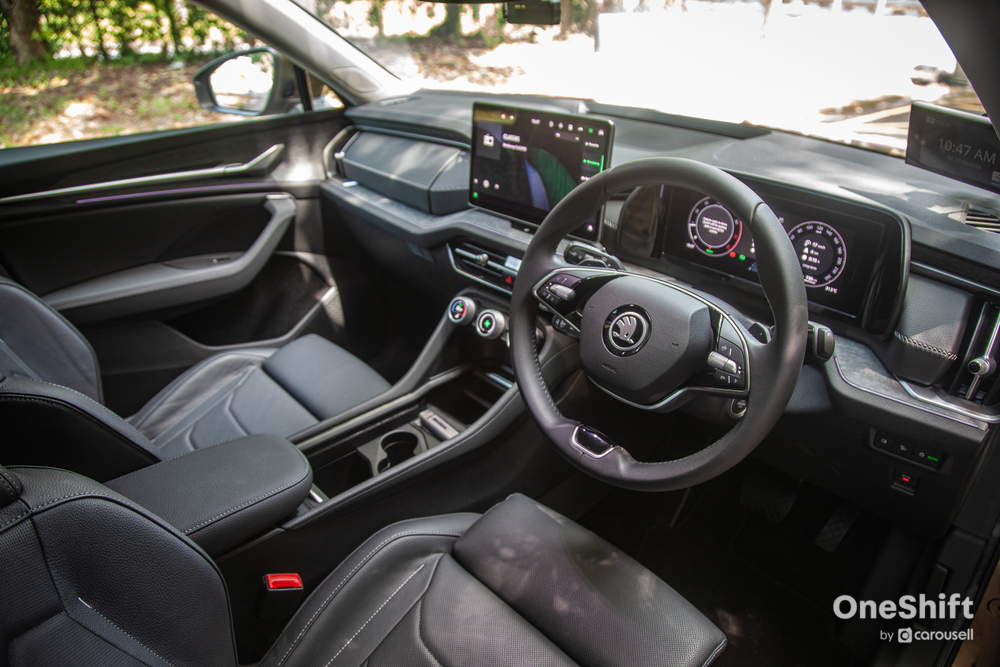
However, what’s unique to the Kodiaq is that instead of adopting the single touchscreen circular dial in the Tiguan, Skoda has opted for what it calls Smart Dials. These three dials in a row can be operated by turning and pressing, and reminds me of what JLR had in their cars for climate control. However, Skoda’s Smart Dials can control more than just the climate through their digital colour displays; you can press them to cycle through different menus. I thought it is a really clever way to retain tactility of physical dials while introducing some digitalisation.
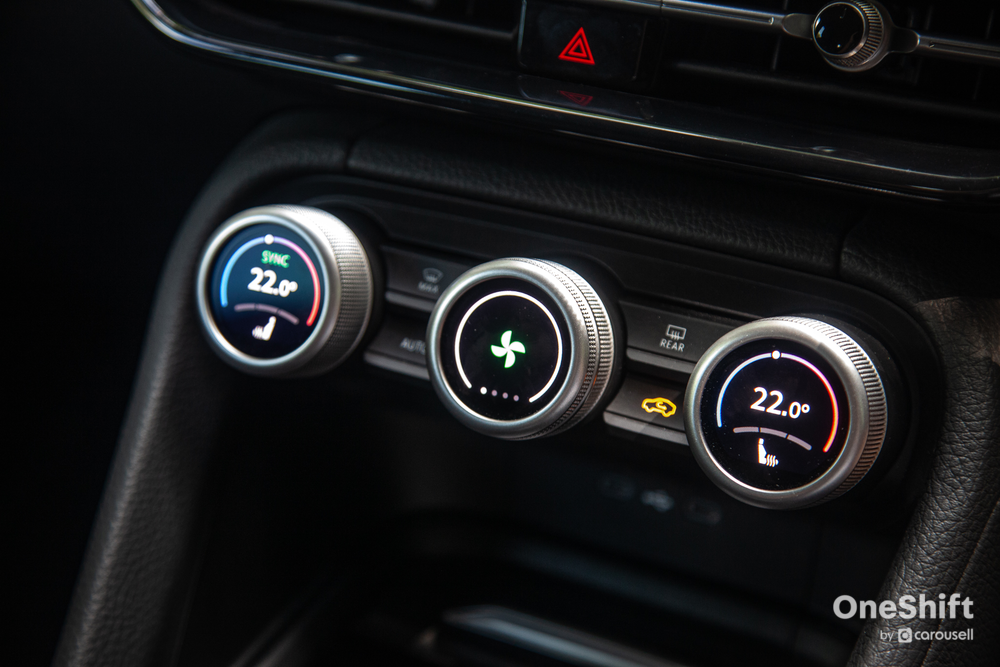
There are other cool features in the interior (literally), like the wireless charging compartment for two phones that is chilled by air-conditioning. There are also two USB-C ports up front and two at the rear; these provide 45 W of output which means that they can even power laptops. That said, compared to the Tiguan, Skoda has opted for more basic specifications, so it doesn’t have niceties like massage and ventilated seats, a head-up display nor a panoramic sunroof. Even its leather feels a little bit cheaper compared to the Tiguan’s.
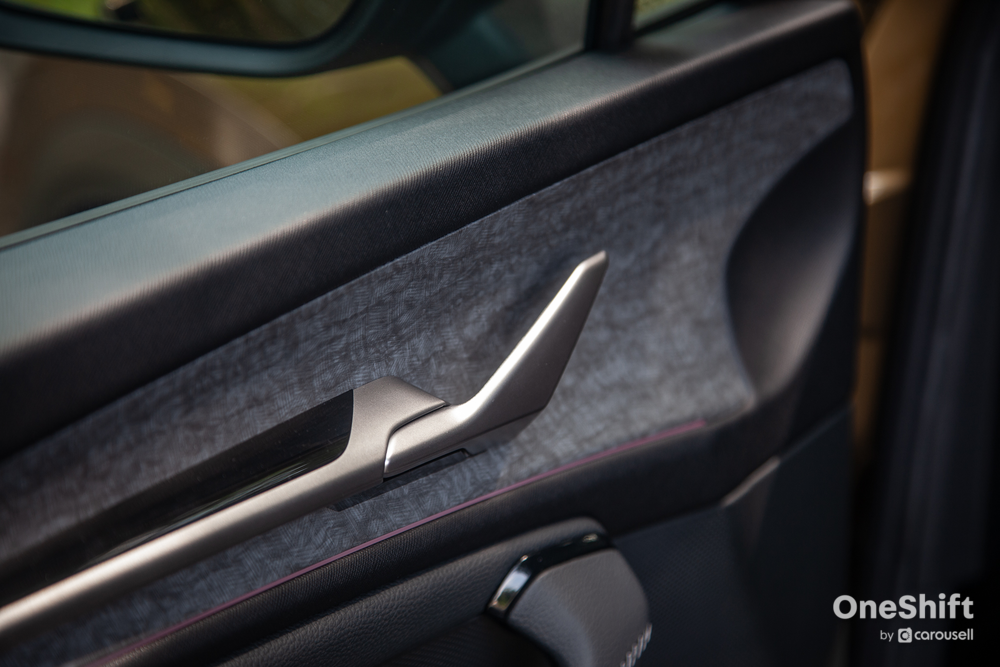
How is the 2nd generation Skoda Kodiaq like to drive?
It is equipped with a 150 hp / 250 Nm 1.5 TSI mild-hybrid four-cylinder engine with active cylinder technology (ACT) - a first for the Kodiaq. That 100 hp / litre figure is impressive, and paired with the 7-speed DSG gearbox it shows in how the Kodiaq moves with a verve that the Cat A Tiguan can’t hope to match. And that is even considering that the Kodiaq has an additional third row.
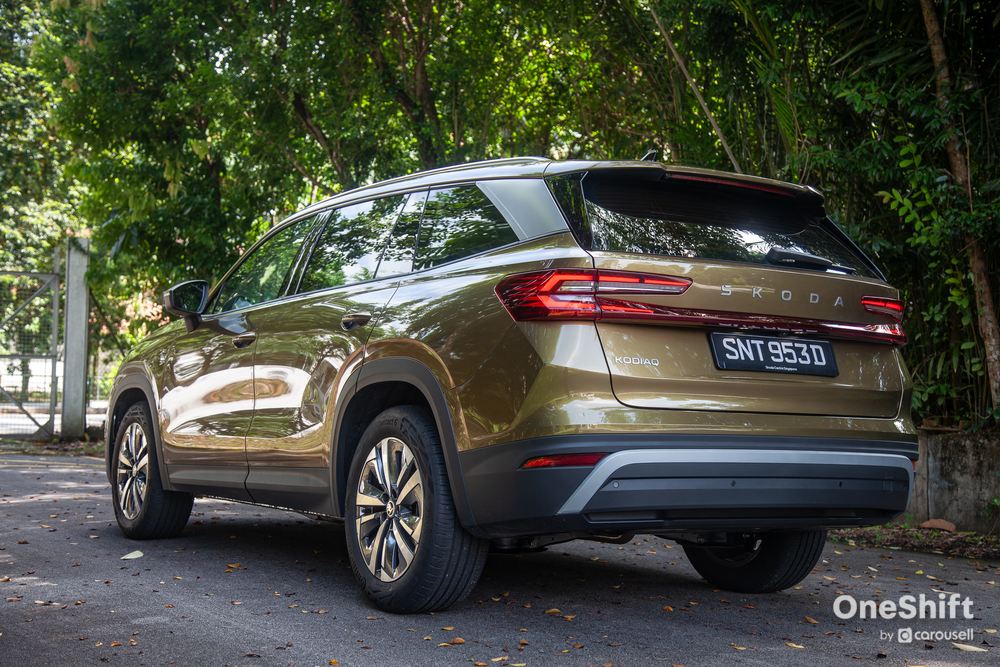
On paper stats show a 0-100 km/h time of 9.9 seconds, but the Kodiaq feels faster than that. Like in other VW/Skoda models we have tried with this 1.5 TSI engine, we are suitably impressed. The downside is that even with ACT, the Kodiaq isn’t all that frugal. On highway runs, it can hit around 15 km/l, and on a 80% highway drive during the 3 day loan I achieved around 13 km/l. However, city driving will yield closer to around 10 km/l.
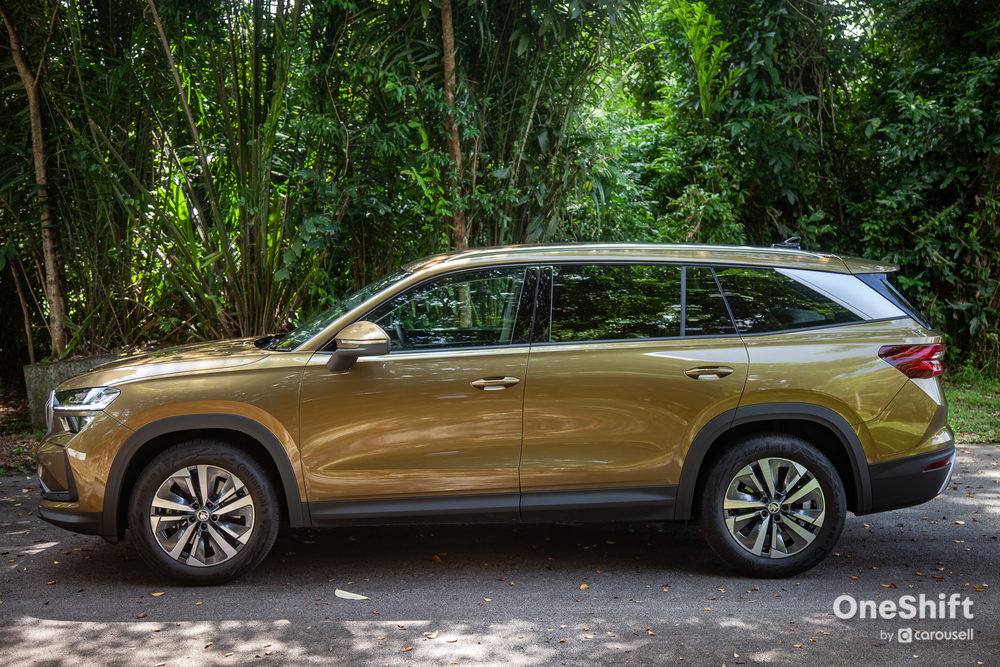
Ride comfort continues the ‘big car’ theme, ironing out most of the inconsistencies of the road. It’s a car that the family would love being in. Yet, the Kodiaq doesn’t really feel its size at all, being reasonably agile and good to drive with agreeable steering feel.

Verdict on the 2nd generation Skoda Kodiaq?
Skoda has managed to improve the Kodiaq by leaps and bounds, despite the first generation car being a very impressive family SUV. If you value your space and performance, the Kodiaq really ticks many of those boxes. But if you don’t quite need the three rows and want more creature comforts, perhaps the Volkswagen Tiguan is more suitable. Either way, both are excellent offerings at their price point.
Photos by James Wong
---
Sell your car to us for up to $5,000 more than market prices. Get a quote now!


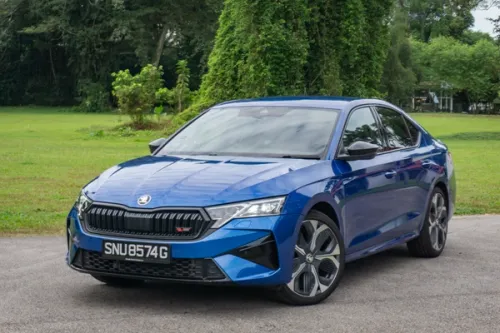





Get the Best Price for your used car
from 500+ dealers in 24 hours

- Convenient and Hassle-Free
- Consumer Protection
Transparent Process
With No Obligation
